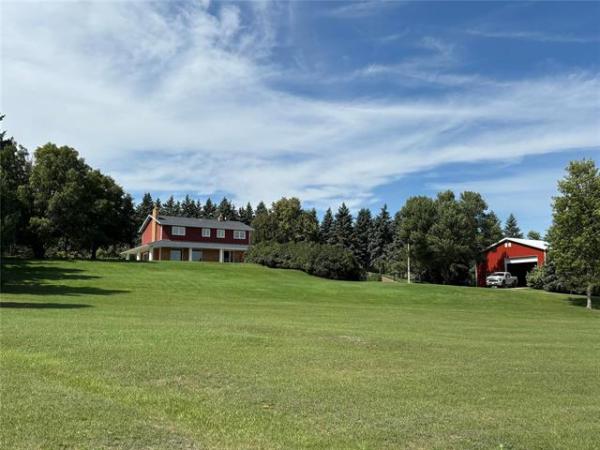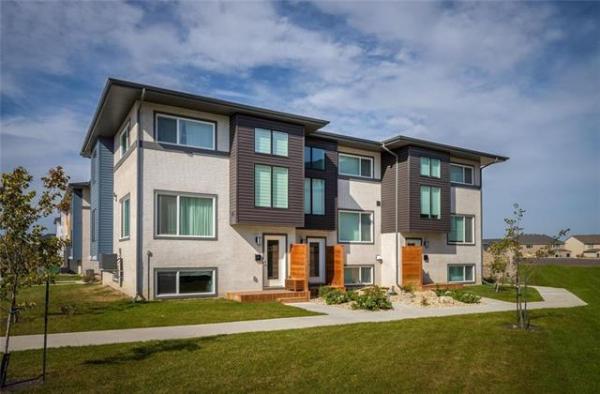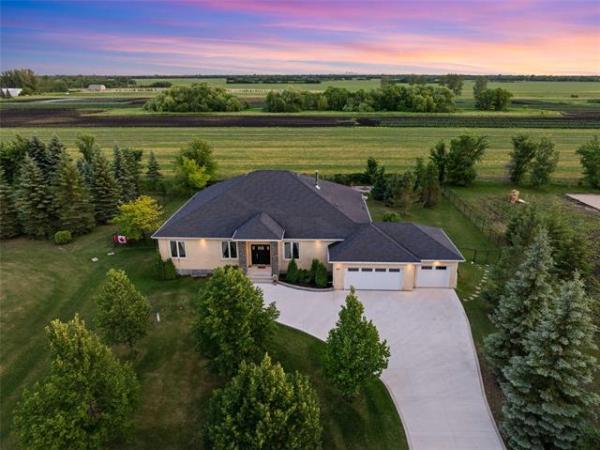Question: We have a new Carriere high efficiency furnace, which is one year old. We love it except for the interior humidity in winter.
We never had a fresh air vent before because the old system using the chimney drew out the humidity. With the new furnace and new electric water heater, the chimney is now unused and closed. T
he installation company felt that the only place to install a fresh air vent was from the front of the house, necessitating removing part of the basement ceiling to run the duct work.
An alternate plan proposed was to run a pipe down the unused chimney and tie it in to the cold air return near the furnace, using a damper, so that air only comes in when the furnace is running.
We’ve sealed up the house with tri-pane windows, new insulation, etc., and are running bathroom and kitchen fans. We also have a dehumidifier going all the time.
Have you ever heard of using the old chimney as a route for the cold air intake? I’d appreciate any info you may have before we go ahead with the chimney plan. The approximate cost is estimated at $450 versus the cost of redoing a major chunk of the basement ceiling. -Audrey and Brian Seddon.
Answer: Using an abandoned chimney to house a fresh air intake duct for the home should be possible, but may require some modifications to prevent problems. Condensation is likely the biggest concern, but simply installing a fresh air duct may only be a partial solution to your indoor air quality issues. Installation of a heat recovery ventilator may be a better alternative to prevent the high relative humidity (RH) you are experiencing.
One solution to prevent some of the very common issues you are facing, after doing several energy efficiency upgrades to your home, is to bring in additional fresh air in the heating season. Because the outside air can hold much less dissolved moisture than inside air when the weather is cold, bringing in the dryer air will help reduce the RH in your home.
The location of the origin of the fresh air can be in multiple places, including above your roof, but some considerations should be taken into account. If there are other chimneys nearby that are still venting their natural gas appliance, you may inadvertently draw in some of their combustion gasses into your new intake ducting. Also, if there is a plumbing vent termination on your roof near the chimney, which is fairly common, you risk sucking in stinky sewer gas to the lower pressure intake duct from that source. Either of those issues could cause a potential health hazard, so ensuring that your new vent is far enough away to prevent that is paramount. That is one reason why most fresh air intake hoods are installed near grade.
A second item to note is the potential for condensation to form in the old chimney, or new intake duct, from your proposed location. The longer the intake duct is located in a cold area, the more likely you are to have some condensation form inside or outside of the duct. That is because some warm air will leak into the duct from the house and if it does not have a chance to quickly escape, it will certainly condense when it hits the colder surface or the air inside. That is why most fresh air intake ducts are completely housed inside the heated building, and terminate immediately where they exit to the colder exterior. The possible solution to this issue is to seal the top and bottom of the chimney around the insulated duct, to prevent excessive warm and cold air leakage into that area. This may be achieved by partially filling the chimney cavity around the new duct with blown-in polyurethane foam. This should be done at the top and bottom of the chimney, to further prevent air leakage into the unused void.
Installing a mechanical damper to allow cold air intrusion only when the furnace fires is a good idea, but beware that these are not infallible. These devices rarely seal too tightly, because a well sealed unit will have much more chance of freezing if a small amount of frost forms inside. Also, it may be difficult to determine if the damper becomes damaged, which can either negate its purpose, or allow a constant flow of cold air if it stops working while open. Regular inspection and maintenance is critical to ensure it works as intended, if you go that route.
As a more costly but better alternative, looking into installation of a heat recovery ventilator (HRV) may be prudent. These devices are designed to draw fresh air into the living space, while venting out stale, damp air from the home. They have an internal core that recaptures a significant amount of the heat from the exiting air, increasing heating efficiency for the building. The best part of this system is that they have a control, normally known as a dehumidistat, that turns on the unit only when the RH exceeds the setting on the control. You can vary the setting, depending on ambient conditions, so you have much more control over the moisture in your indoor air than with a simple fresh air intake. With an HRV, you can throw away your dehumidifier, which will save even more time and energy. You may still have the challenge of location of intake and exhaust ducts, but I’m sure that can be solved by an experienced HVAC technician.
Incorporating your redundant chimney into your proposed fresh air intake solution for RH control in your home may be possible, but there are better, albeit more costly, alternatives. Installation of a properly set-up HRV with dehumistatic controls will not only solve your humidity issue, it will improve your indoor air quality, while saving some additional money from heat loss and power for your dehumidifier.
Ari Marantz is the owner of Trained Eye Home Inspection Ltd. and the past president of the Canadian Association of Home & Property Inspectors — Manitoba (cahpi.mb.ca). Questions can be emailed to the address below. Ari can be reached at 204-291-5358 or check out his website at trainedeye.ca.



